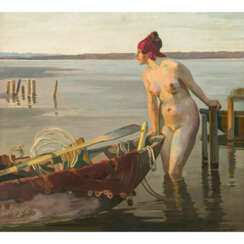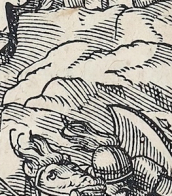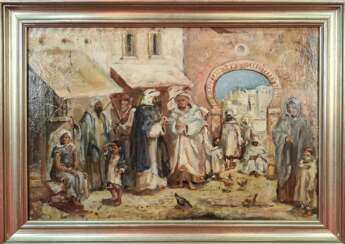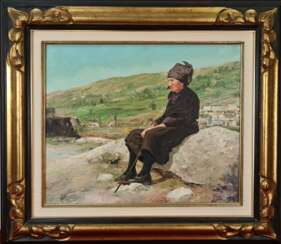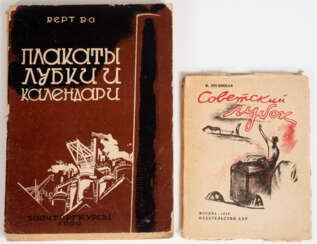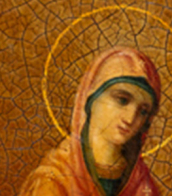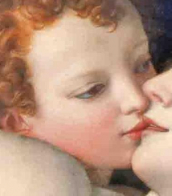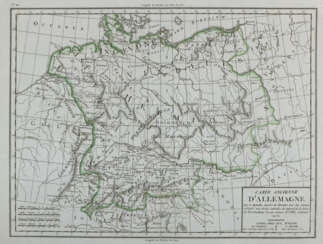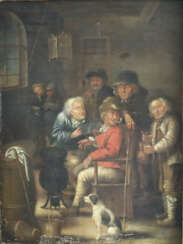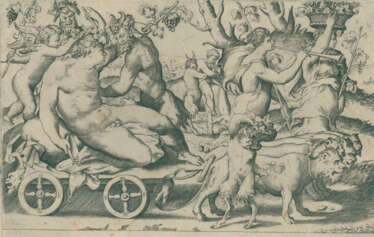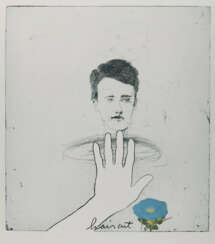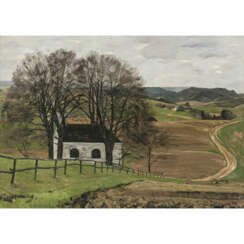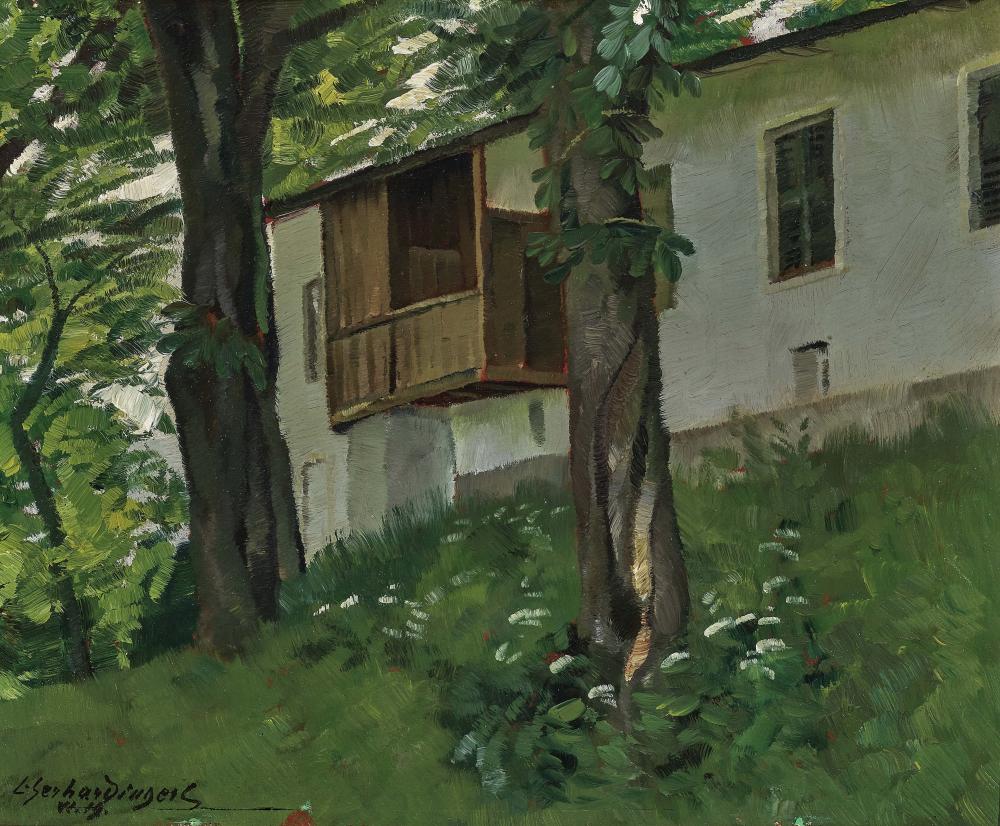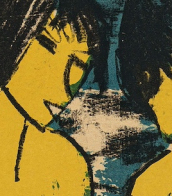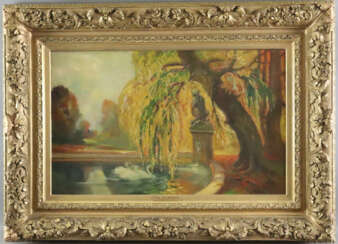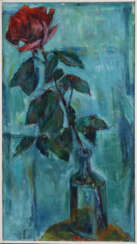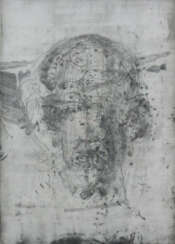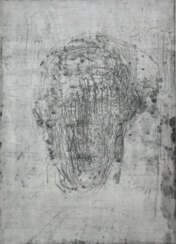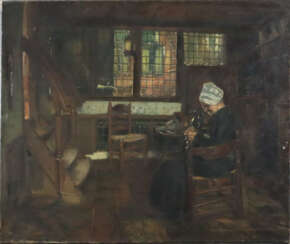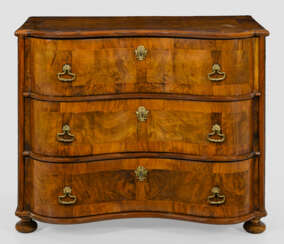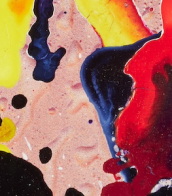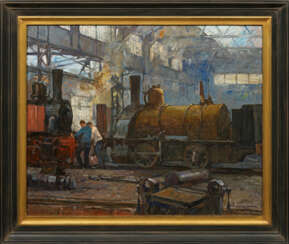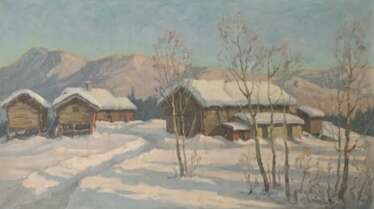5 x 90
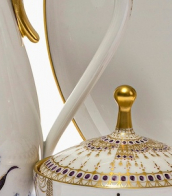

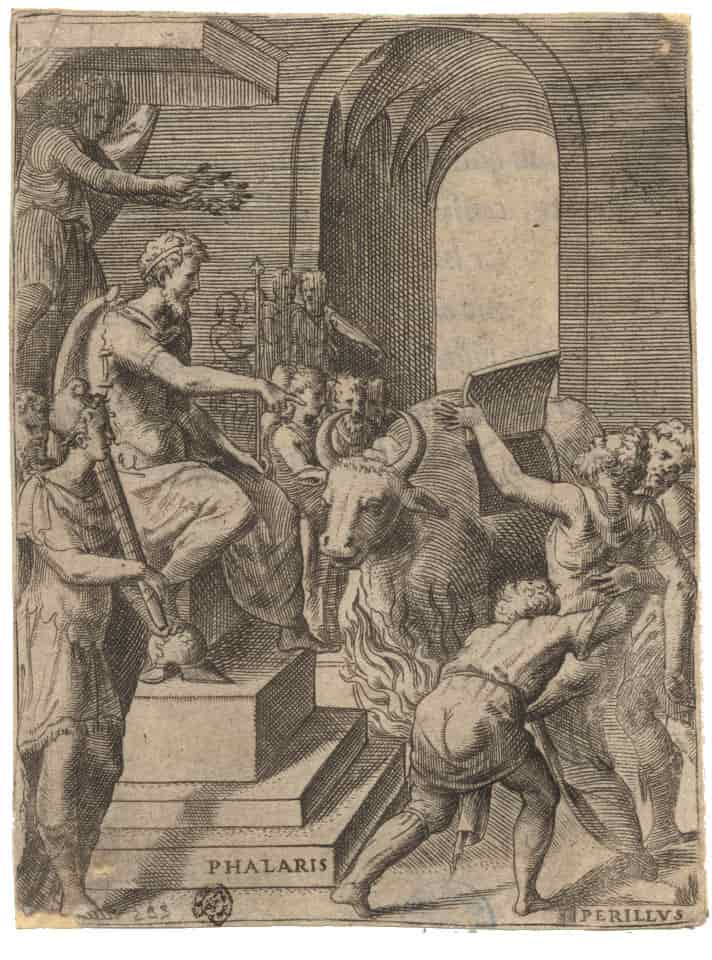
Giulio Antonio Bonasone was an Italian painter and engraver born in Bologna. He possibly studied painting under Lorenzo Sabbatini, and painted a Purgatory for the church of San Stefano, but all his paintings have been lost. He is better known as an engraver and is believed to have trained with Marcantonio Raimondi. He worked mainly in Mantua, Rome and Venice and with great success, producing etchings and engravings after the old masters and his own designs.
He has been regarded an engraver with extraordinary skills in reproducing, as he could accurately convey the sources' compositions, colours, and essence. Moreover, he expressed his understanding about the controversies about religion and culture in his time through his prints. He is considered among the most important and productive engravers of the sixteenth century.
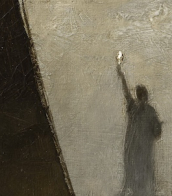
Jim Dine is an American artist whose œuvre extends over sixty years. Dine’s work includes painting, drawing, printmaking (in many forms including lithographs, etchings, gravure, intaglio, woodcuts, letterpress and linocuts), sculpture and photography; his early works encompassed assemblage and happenings, while in recent years his poetry output, both in publications and readings, has increased.




